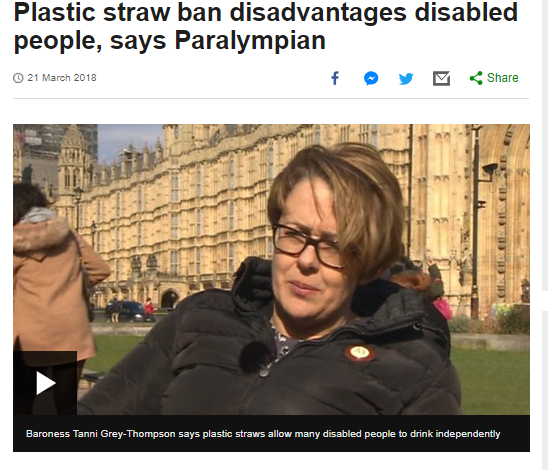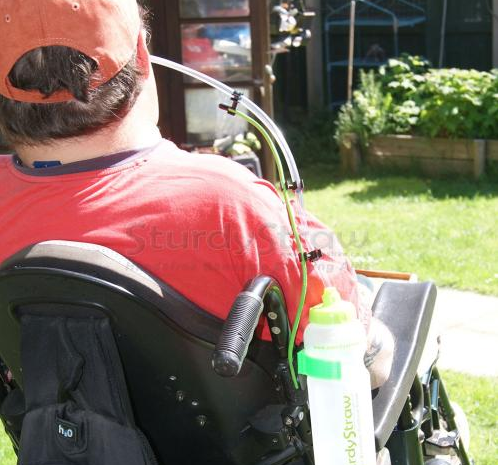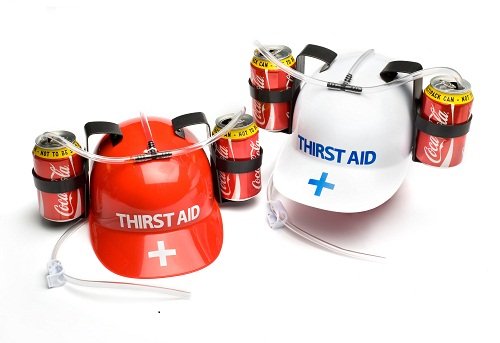Rights On Flights Campaign
Rights On Flights Campaign
Welcome to our comprehensive guide on the Rights on Flights campaign, a movement aimed at ensuring that passengers with disabilities have equal access to air travel. In this guide, we will take you through the origins of the campaign, its objectives, and the progress made so far. We will also explore the challenges faced by disabled passengers when traveling by air and the efforts being made to address them.
Origin of the Rights On Flights Campaign
The Rights on Flights campaign was launched in 2018 by TV presenter Sophie Morgan, who had been paralyzed from the waist down following a car accident. Sophie had experienced difficulties when traveling by air, including being separated from her wheelchair, which was not handled with care, and being forced to use an inadequate toilet. She decided to start a campaign to address these issues and ensure that disabled passengers had equal access to air travel.
Objectives of The Rights for Flights Campaign
The Rights on Flights campaign has several objectives, including ensuring that all airlines have clear policies on the treatment of disabled passengers and their equipment, that all airports have adequate facilities to cater to disabled passengers, that passengers with disabilities are not charged extra for the assistance they require when traveling by air, and raising awareness among the public and the aviation industry about the challenges faced by disabled passengers when traveling by air.
Milestones Achieved
The Rights on Flights campaign has achieved several milestones since its launch. For example, the UK government has introduced new regulations that require airlines to report how many disabled passengers they have assisted and how many wheelchairs have been damaged during flights. The regulations also require airports to report on their facilities for disabled passengers. In addition, the campaign has received support from several airlines, including easyJet, which has committed to providing more training for its staff on the handling of disabled passengers and their equipment. The campaign has also received support from the UK Civil Aviation Authority, which has launched a program to monitor the treatment of disabled passengers by airlines and airports.
Despite the progress made by the Rights on Flights campaign, disabled passengers still face several challenges when traveling by air, including a lack of adequate facilities at airports, poor treatment by some airline staff, lack of clear policies by some airlines, and extra charges for the assistance required when traveling by air. Efforts are being made to address these challenges, such as the UK government’s new regulations, and some airlines introducing training programs for their staff on the handling of disabled passengers and their equipment. Read about the personal experience of a wheelchair user having a damaged wheelchair on an airplane and more about the campaign here.
In conclusion, the Rights on Flights campaign has made significant progress in ensuring that disabled passengers have equal access to air travel. However, more needs to be done to address the challenges faced by disabled passengers, and the aviation industry must continue to work towards creating a more inclusive environment for all passengers, including those with disabilities.
Take part in the consultation here.











